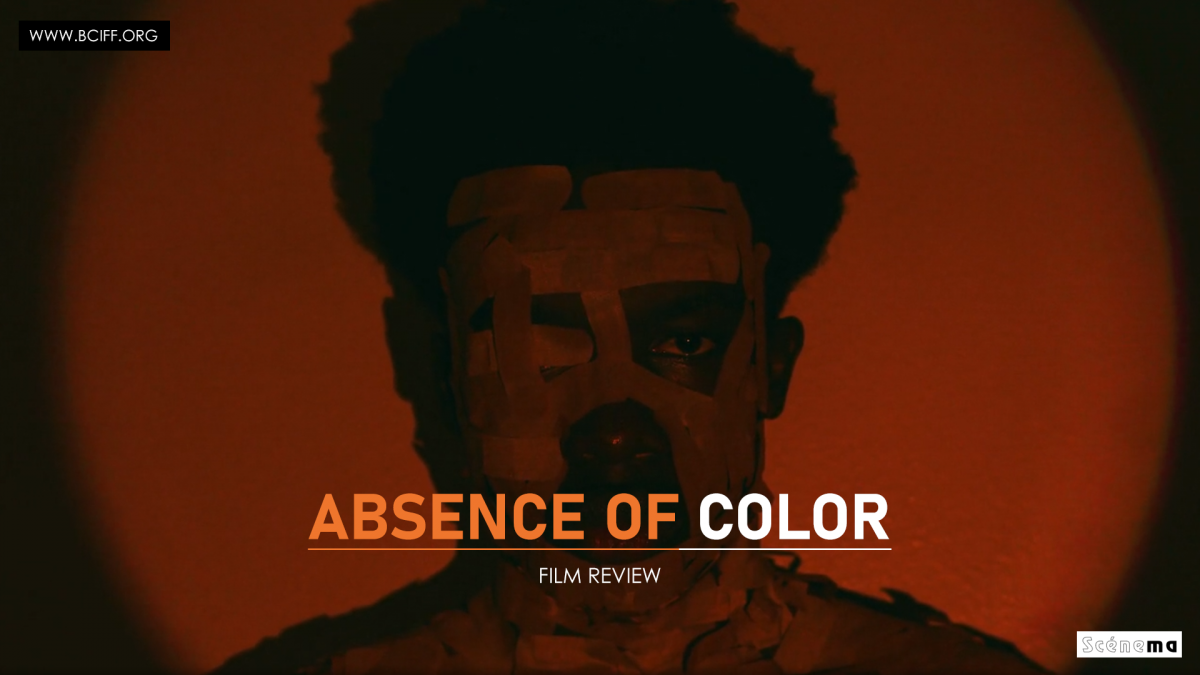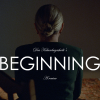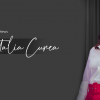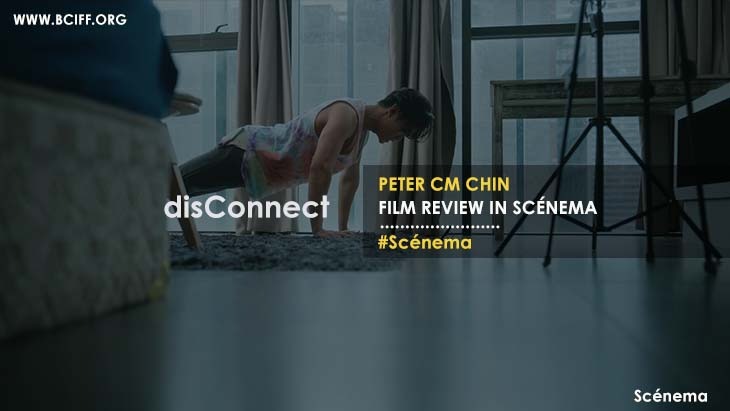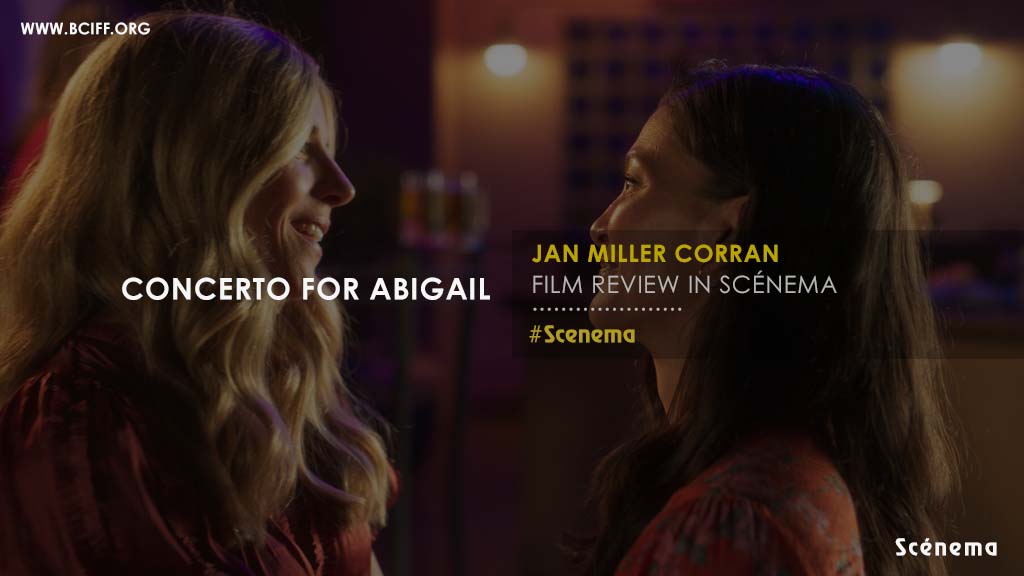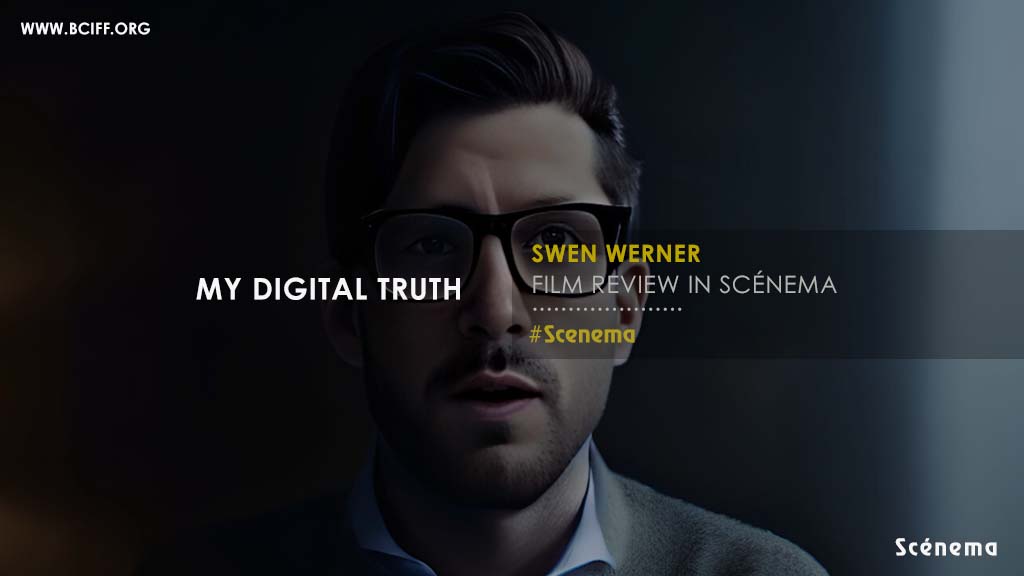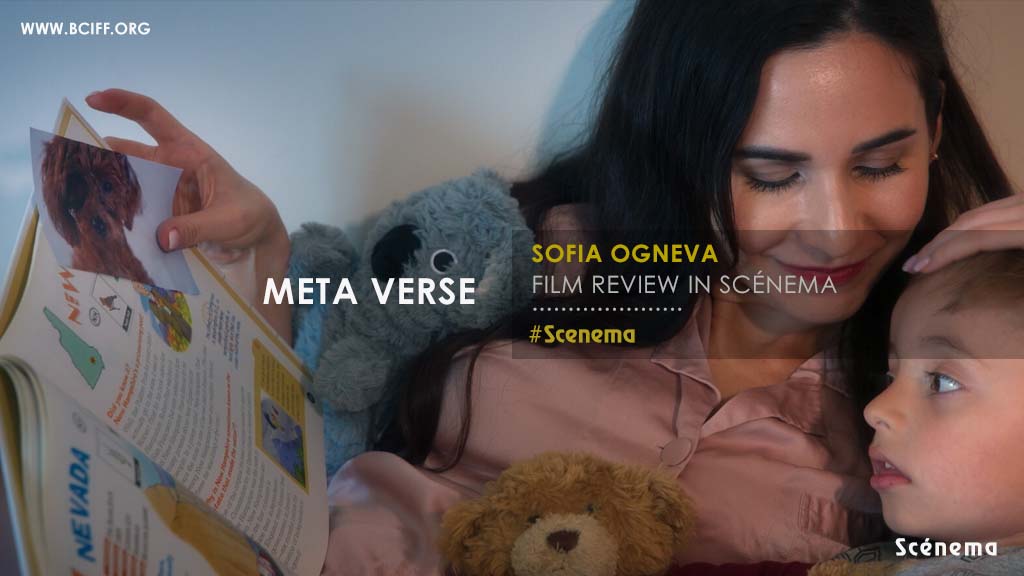Movie: The Absence of Colour
Director: Elijah Winfield
” Let me, O let me bathe my soul in colors; let me swallow the sunset and drink the rainbow.” ~Khalil Gibran
The absence of colour explores the psyche of an individual through visuals and sounds of varied proportions. The somewhat monotonous yet confessional voice of the narrator operates as the underlying layer of direction in the movie. The voice baffles the viewer through its perpetual appearances as a foil, an antithesis, and a mouthpiece of the individual shown in the movie. The plight of the individual is evident by his shrieks and silences. The feeling of being lost in a colorless world has been potently depicted.
The title itself is an indicator of the fact that the movie primarily deals with the colours around us or the lack of it. The colour of our thoughts, our desires and our most primordial fears. The movie delves deep into the contours of consciousness suggesting a profuse lack of colour in the dreams of the modern man. The director subtly indicates the slow but steady disappearance of colours from our thoughts and memory.
The themes of imagination and creativity can be found in abundance throughout the movie. The vignettes, the poems, the music bear testimony of the still colourful creations of man-made in a monochromatic and indifferent world. The desired presence of empathy can be found in the poems composed by the poets either in extreme agony or ecstacy. The colourless reality can only be replaced by the productive emergence of the creative mind.
The way the movie has been constructed would remind most of Chris Marker. Marker’s movie ‘Sunless’ used photographs, short videos, and voice clips to tell one of the most profound, reflective, and mind-bending stories that can ever be told. The absence of colour follows a serialized structure in the entire film.
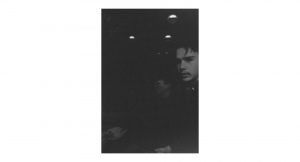
The concept of the mind has always intrigued artists.
Memory and dreams have become significant tropes for writers and directors. These concepts have brilliantly portrayed in the movie. The director must be given credit for putting together something so complicated on the screen.
The absence of colour doesn’t necessarily indicate something irreversible. It focuses on the repugnant and redundant meanderings of an individual’s psyche while simultaneously putting forward the image of a common sickness- the folly of mimicry and duplicity. Colours according to the director fall in places where there is authenticity and creation is eternal.

